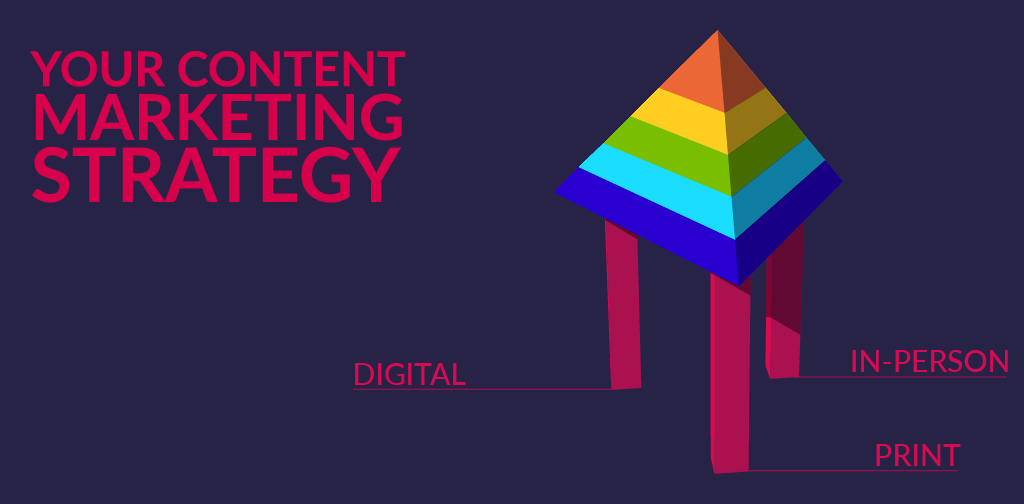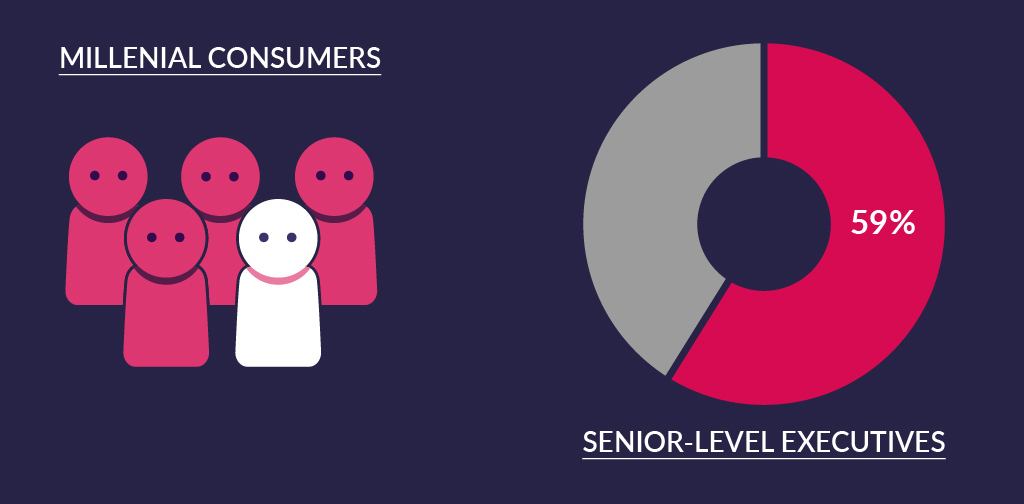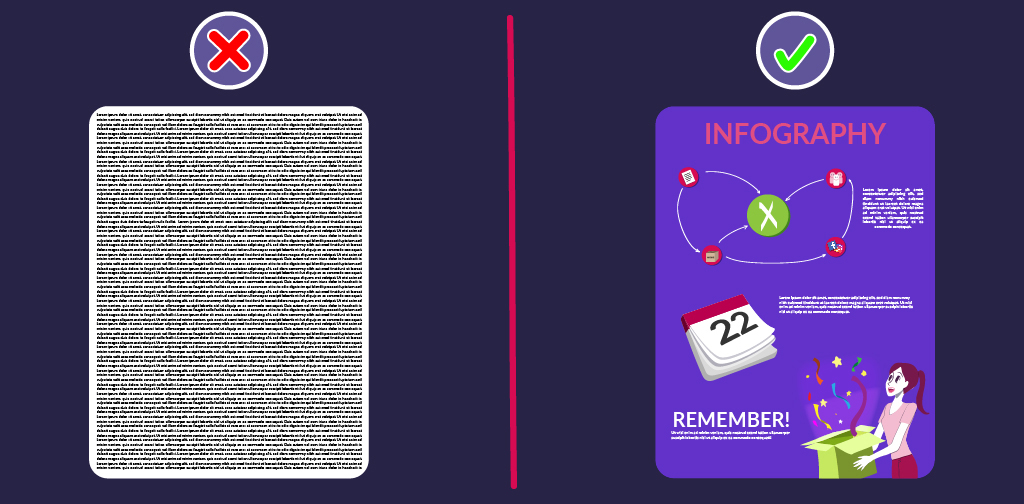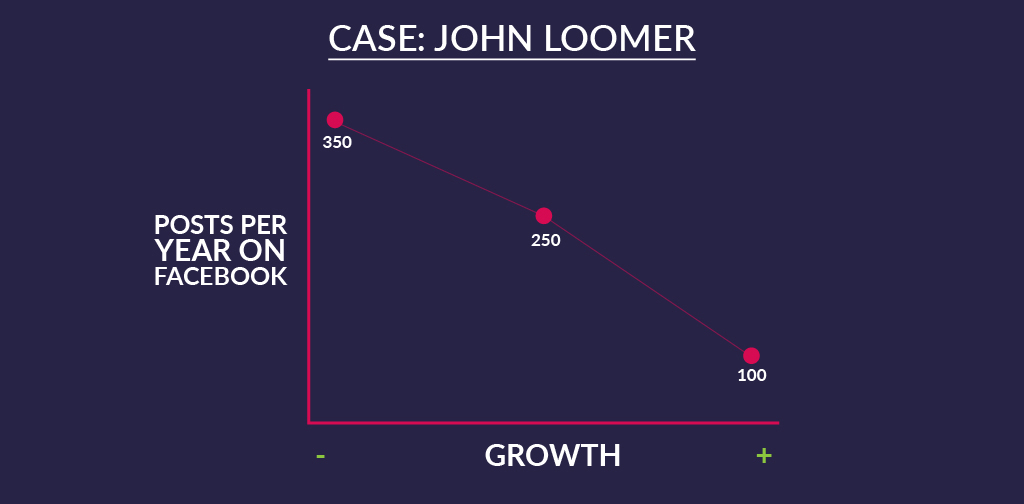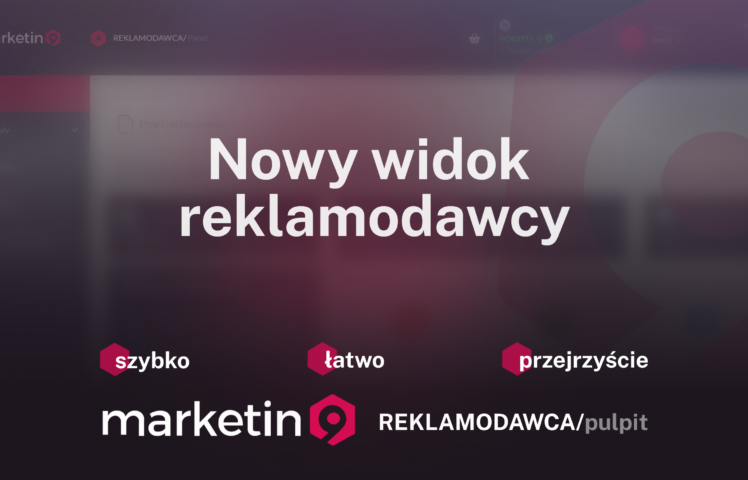
Table of content:
The article contains:
It’s time for the next installment of our series about building a content marketing strategy.
Just to remind you, here’s what we’ve been up to the last couple of weeks. In our previous articles, we:
- explored the basics of creating a content marketing strategy that works,
- finding the sweet spot for your brand,
- identifying your content tilt,
- building the base by choosing the type of content and platform you will focus on,
- and harvesting your audience to maximize the value of your subscribers and grow it.
Once you have built a stable and growing audience with the help of the Content Inc model, it’s time to turn your efforts somewhere else, beyond your main content marketing platform.
In other words, it’s high time you started publishing on other channels to attract audiences you haven’t been addressing up to this point. That’s what diversification is all about.
According to Joe Pulizzi, the author of the incredibly popular book that presents the Content Inc. model, the ultimate goal for any content marketing strategy is establishing a strong presence in three different content channels: digital, print, and in person. The idea is that marketers start working on one channel and once they gain traction, move to work on another one.
But what does diversification look like in practice?
Take the Content Marketing Institute as an example. Today we know it as a platform that offers a broad range of content products which include podcasts, workshops, in-person events, a print magazine, research papers, and many more.
But if you checked what the Content Marketing Institute was up to during the first four years of its operation, you would only see a blog that offered new posts around three times a week. That’s quite a step, isn’t it? What the CMI did was use their blog to draw in the audience, and gradually expanded and grew their reputation as an authoritative source about content marketing.
At some point, they opened the blog up to extra contributors and started publishing around five posts per week. Soon after, they gained enough traction to publish content every day of the week. But they had to wait until their blog achieved a certain measure of success before they began to diversify their content strategy and produce different types of content for other channels and in different formats.

Do you remember that point where we chose the primary platform for publishing content? Well, it’s time to shake things up and pick another one.
How to launch an additional platform?
One way to do that is by adding extra channels within the same platform. For example, if your core platform is YouTube, consider adding a new YouTube channel that will cater to the need for a different type of audience. If you run a blog, you may launch additional blogs or create a particular category where you locate posts written for the new audience.
Take advantage of the existing content
If you’re considering to diversify your content marketing strategy, it means that you have been creating content for a while now. Why not maximize the ROI from your existing content by publishing it in new formats or on different platforms?
For example, if you run a blog, consider putting some articles together to publish an e-book. All it takes is adding an introduction and conclusion, and you get a brand new content item that will appeal to different audiences.
Have you written an amazing how-to manual? You can show its content in an explainer video or create a workshop event where you present the content of your article, explaining the procedure step-by-step to help everyone understand it better.
Repurposing content is one of the most valuable content marketing strategies out because it allows you to use one piece of content in many different ways, maximizing its ROI and bringing the same value to audiences which are interested in the topic, but not interested in your current platform. In the examples above, we show you how to prepare content for audiences that prefer to watch videos rather than read blog articles.
Experts tip: Pursuing only one content format limits your brand exposure significantly. That’s why it’s smart to keep experimenting with different content types to see how they perform with different audiences and check whether they attract different types of traffic to your brand. Remember that not all content formats will be as successful as case studies when it comes to closing sales. But you can be sure that different content types will help get your brand noticed by various people who may want to subscribe to your newsletter or spread the word about your brand, exposing you to entirely new audiences.
What kind of content is worth experimenting with?
You may quickly become paralysed when looking at the sheer number of options when you choose to diversify your content marketing strategy. Not sure what where to start? The best way to experiment safely is to do it with content formats that are known to perform well. Here are a couple of examples that are known for bringing brands incredible results:
Video
Video has become one of the most popular formats on the Internet. According to one research study, four out of five Millennial consumers like to use video in their initial product research when deciding to buy a product. But it’s not a generational preference. Another study showed that 59% of senior-level executives also prefer the video format when choosing between video and text.
Did you know that using videos on landing pages increases the conversions by 80%?
These are all excellent reasons why video is the fastest growing content type today. Videos appeal to people in all age groups and professional backgrounds. Why not add videos your content marketing mix to get you extra traction? Depending on your target audience, you may resort to a simple explainer video rather than sophisticated acts.
Now, videos are a relatively expensive content marketing effort. That’s why it might be a good idea to start experimenting for free. You can create a series of how-to screencasts with free tools. Video testimonials and product videos are another interesting video formats that do wonders for sales. Consider turning your most popular blog post into a video, and you might experience a breakthrough in your content marketing efforts.
Whitepapers
This format is incredibly popular in the B2B sector. 78% of B2B marketers consider white papers an effective method for generating leads.
What is a whitepaper? It’s a longish marketing document that helps customers understand an issue or solve a problem. Whitepapers help to generate leads, build brand awareness and allow competing with larger companies.
Investing in the whitepaper is a smart move even if you’re not targeting senior management. Most of the time, in the B2B sector the person that reaches out to you and carries the conversation is just one link in the chain of individuals who are part of a corporate ecosystem and responsible for making the buying decision. That’s why content marketing can often reach the person who finds the brand but rarely reaches their manager or CEO. A whitepaper can open the door to that kind of engagement, helping customers to advance in their buying stages.
Webinars
Webinars are another excellent format for B2B content marketing. 61% of B2B marketers use them, and 64% find them effective.
In the past, webinars were supposed to cater to customers at advanced stages in the buying cycle. But today they come in handy for engaging customers at any stage, even the initial ones. Webinars can get you a lot of attention and generate leads. They enjoy excellent consumption – did you know that 90% of people who register for a webinar will attend it?
And we’re talking about not only the attendees of the live event but also people who view the recording. Create webinars to help your audience solve problems and show off your expertise. They’re bound to make a positive impression on customers located in the early, as well as advanced stages, of their journey.
Infographics
Infographics are a popular format for both B2B and B2C sectors. By transforming the content of a blog post into a visually attractive and engaging infographic, you will reach out to those people who prefer to acquire new information using visual aids.
Infographics do excellently on social media. It’s easy to share an infographic because it’s an attractive piece of content that requires relatively less attention and time to consume than a blog post.
Most infographics are branded and feature a backlink so every time a site uses your infographic, you will get referral traffic. If you manage to create an infographic that presents a truly unique angle on a topic and backs that up with plenty of original data, you may get yourself a breakthrough piece of content that will perform excellently in terms of SEO.
Publishers who use infographics in their strategies tend to grow their traffic by 12% more than those who don’t use the format. But creating an infographic that engages and converts isn’t an easy task, and you will need an expert graphic designer to help you create something unique that will attract the gaze of your audience.
Before you go: Diversification and content volume
At this point, you may be wondering whether diversification will put a significant strain on your wallet. After all, it looks like you will be creating more types of content for more platforms. But that’s not what happens if you carry out your diversification strategy correctly.
Consider this example:
John Loomer used the Content Inc. model to build his Facebook-based business. In the first year, he produced 350 posts. In the second year, he published 250 posts. But by the third year, he was down to 100 original content pieces.
What happened? John managed to build his audience and began to diversify into other content formats. At that point, he realized that there was no need to create as much content to get the impact he was seeking. That might vary depending on the platform you are using, but increasing the amount of content you create may not always be the best way to use your resources.
Ultimately, your goal is establishing two or three robust content channels. For an individual, that may mean running a blog, writing a book, and accepting public speaking gigs to spread the message. Digital businesses, on the other hand, may want to diversify into different formats such as digital, print phase, and in-person, to make the most of their content marketing.

Do you have any questions about content marketing diversification? Or perhaps you would like to share your diversification history? Give us a shout out in the comments; we’re looking forward to receiving your stories and learning how you diversified your content marketing strategy.

